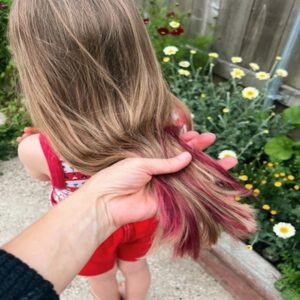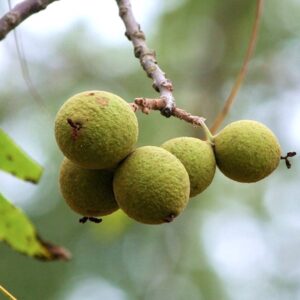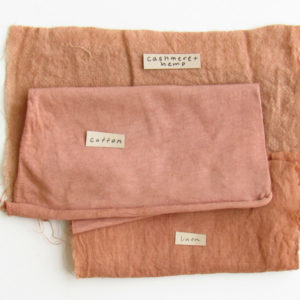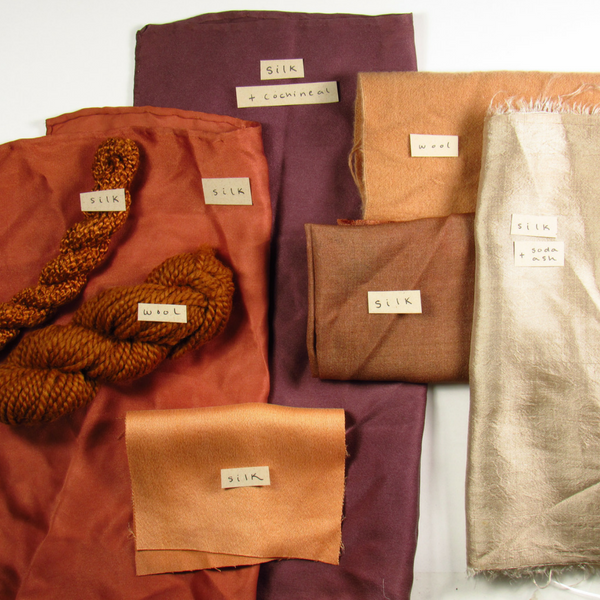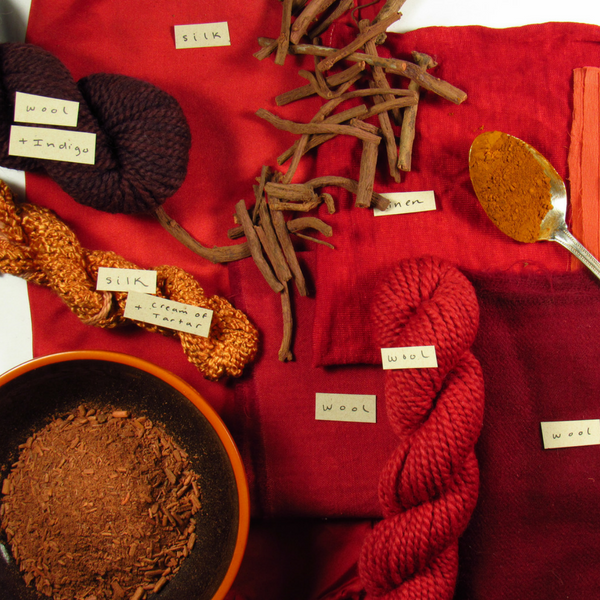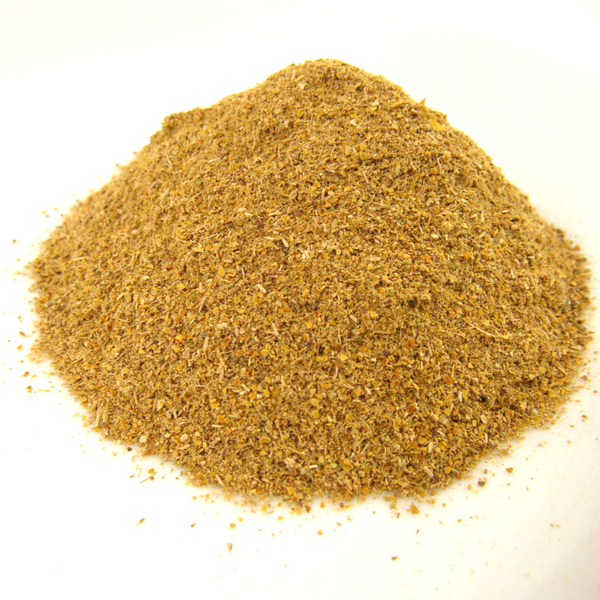This week on FEEDBACK FRIDAY: How to channel the color of champagne on silk with a natural dye like cutch
MORDANT MONDAY: Aluminum Sulfate For Cellulose?
We get mordant questions all the time at Botanical Colors so why not create Mordant Monday??? Got mordanting questions? Email [email protected] YOU ASKED: I realized I purchased aluminum sulfate instead of potassium aluminum sulfate. I am mostly looking to dye cellulose fabric yardage. Will aluminum sulfate work as a mordant for cellulose fibers? KATHY ANSWERED: Yes, it will work: aluminum sulfate and aluminum potassium sulfate are largely interchangeable. It used to be that aluminum sulfate could contain traces of iron, which would shift colors, but most modern day aluminum sulfate is pretty “clean” – at least I haven’t had an … Read more


